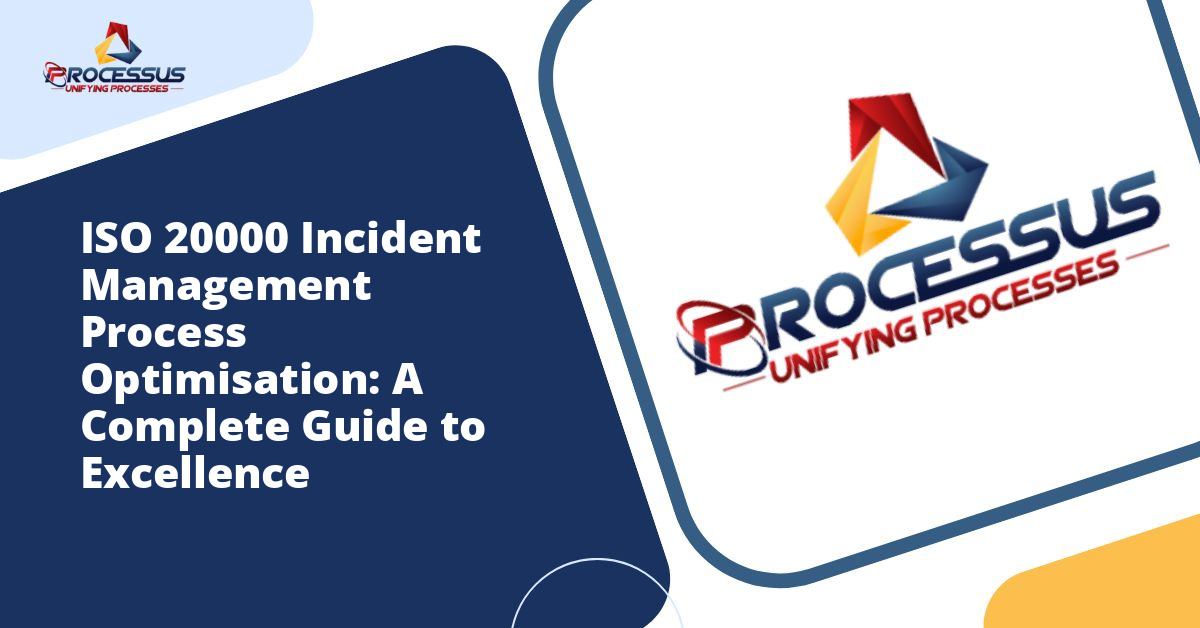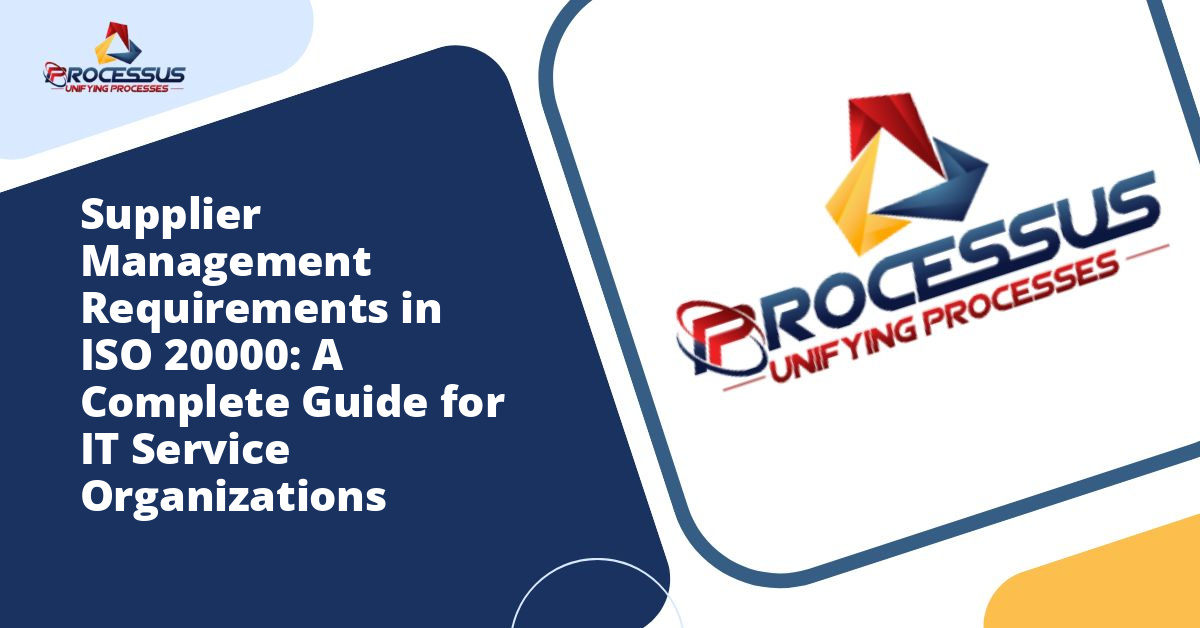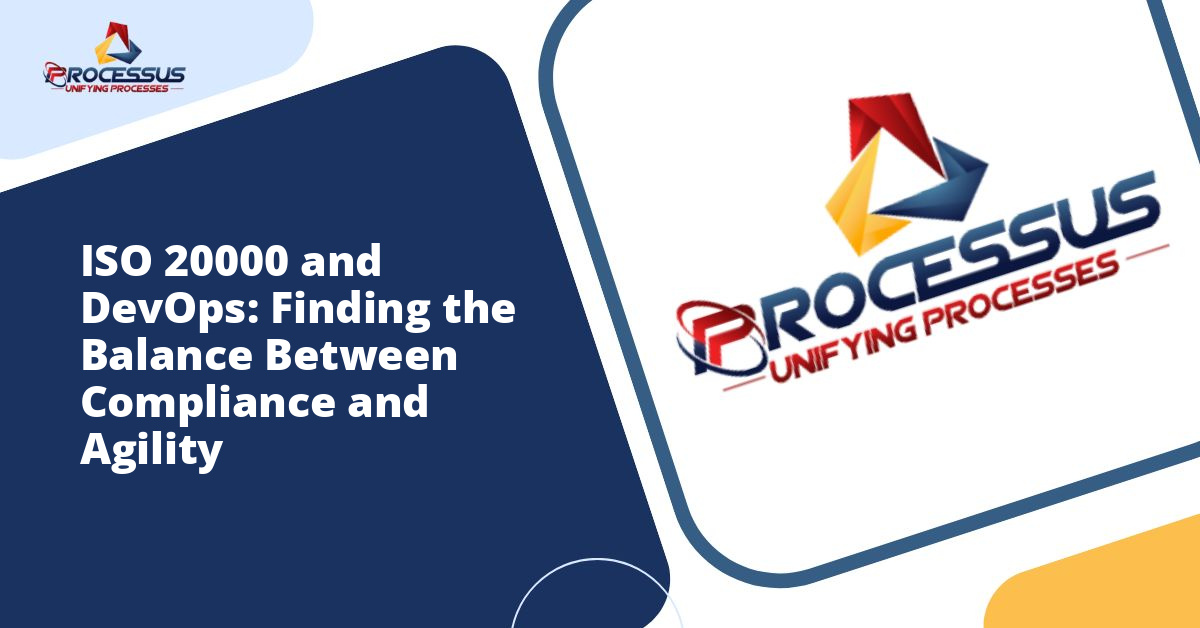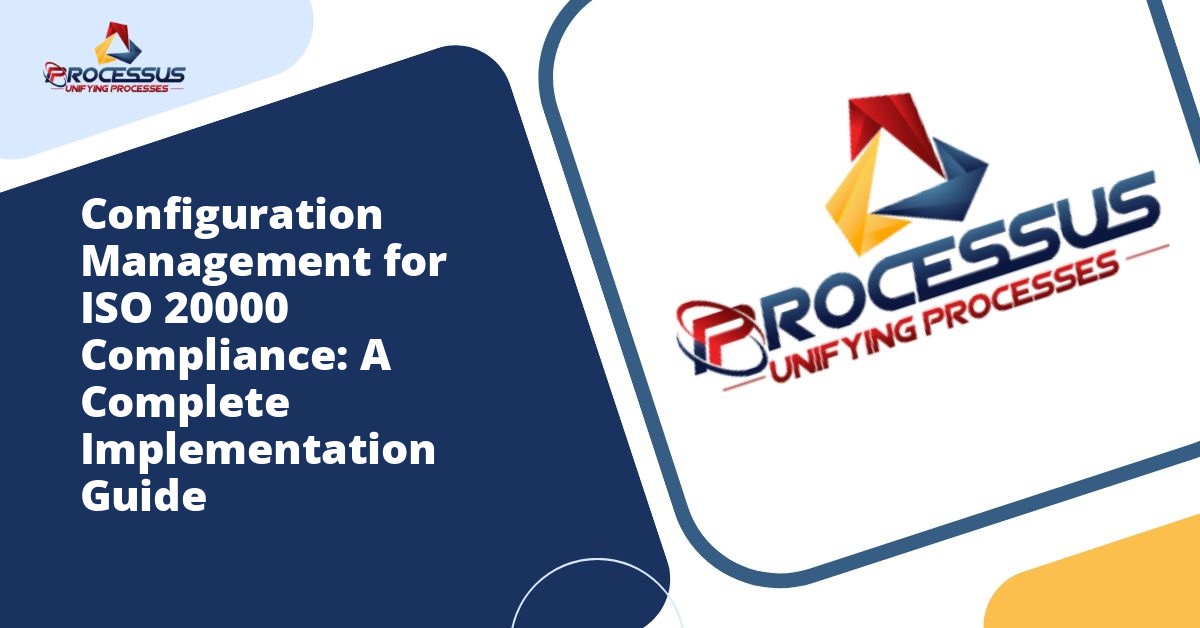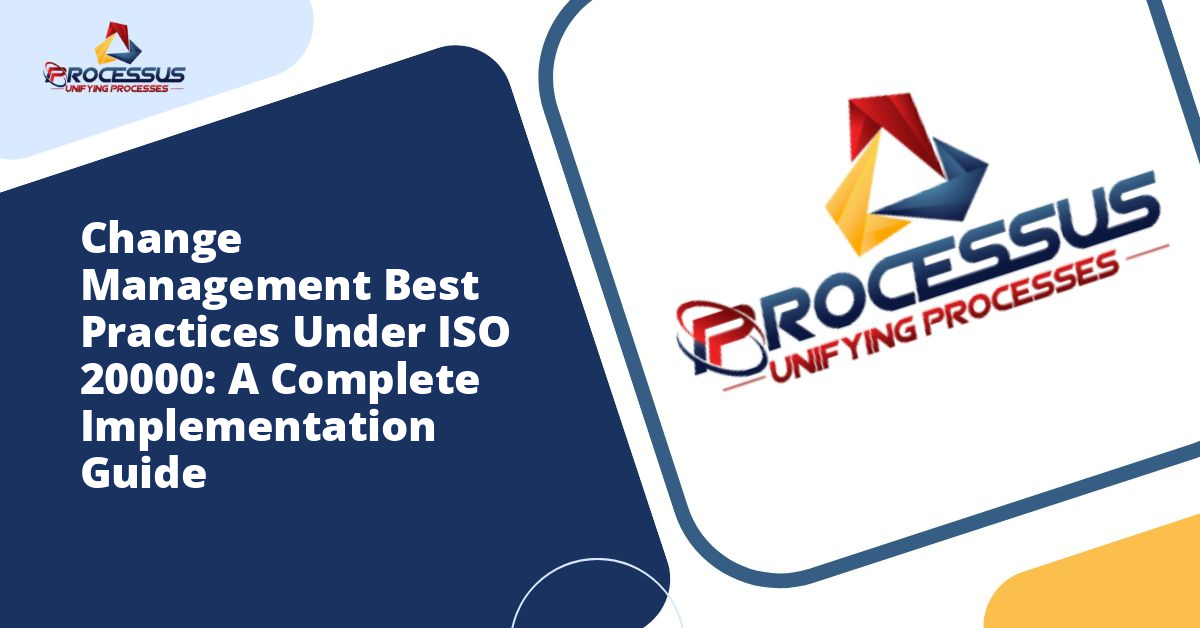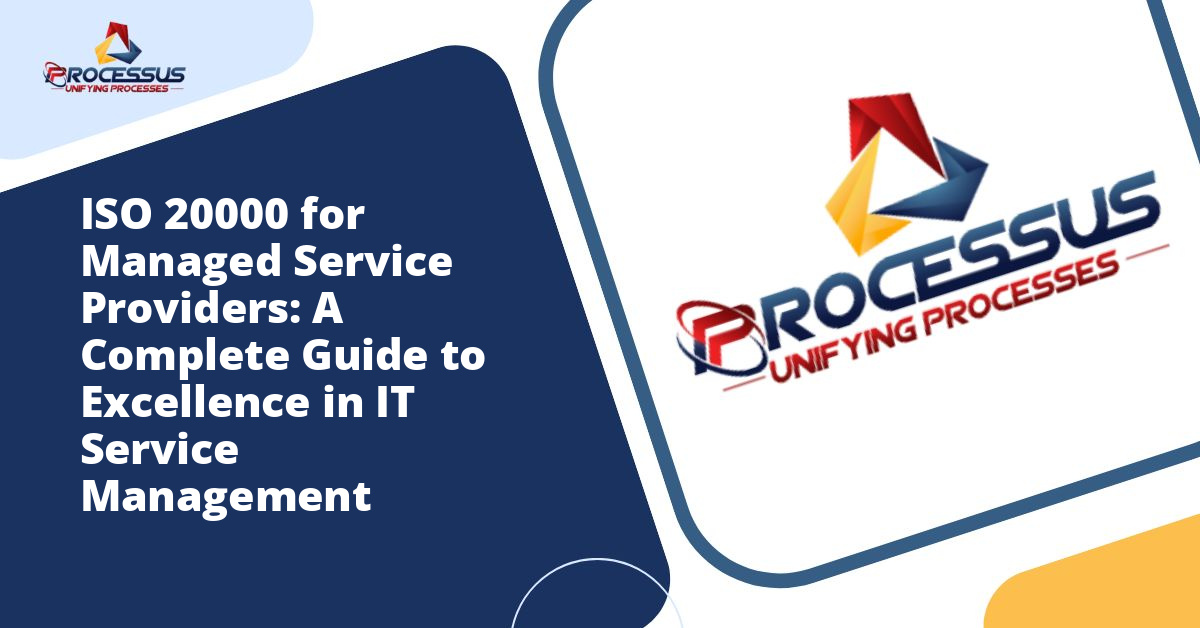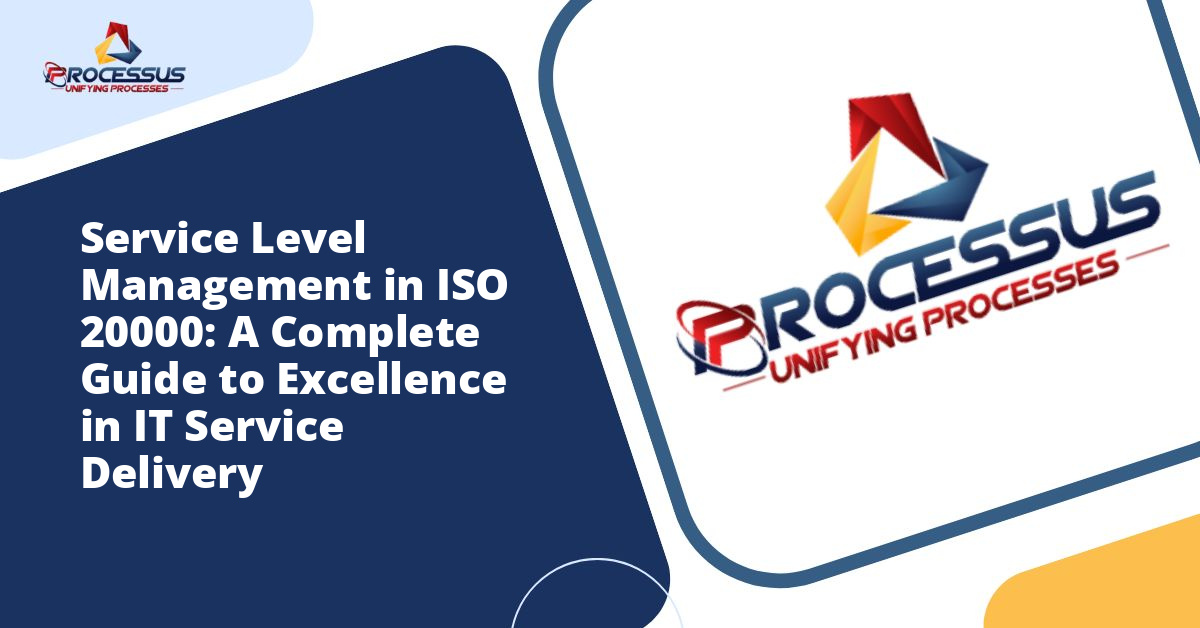In today’s rapidly evolving digital landscape, organisations face mounting pressure to maintain seamless IT service delivery while managing an increasingly complex technology infrastructure. The ISO 20000 standard provides a robust framework for service management, with incident management serving as one of its most critical components. Understanding how to optimise this process can mean the difference between operational excellence and costly service disruptions that damage both productivity and reputation.
This comprehensive guide explores the intricacies of ISO 20000 incident management process optimisation, offering practical insights and strategies that organisations can implement to enhance their service delivery capabilities and achieve superior operational outcomes. You might also enjoy reading about ITIL vs ISO 20000: A Complete Guide to Understanding Their Relationship and Differences.
Understanding ISO 20000 and Its Significance
ISO 20000 represents the international standard for IT service management systems, providing organisations with a structured approach to delivering managed services that meet both business and customer requirements. As the first international standard specifically focused on IT service management, it offers a framework that aligns closely with ITIL best practices while providing certification opportunities that demonstrate organisational commitment to service excellence. You might also enjoy reading about ISO 20000 Certification: Your Complete Implementation Guide for Service Management Excellence.
The standard encompasses multiple processes that work together to create a comprehensive service management system. Among these, incident management stands out as a frontline process that directly impacts user satisfaction and business continuity. When an incident occurs, the speed and effectiveness of the response can significantly influence operational productivity and stakeholder confidence. You might also enjoy reading about Change Management Best Practices Under ISO 20000: A Complete Implementation Guide.
The Foundation of Incident Management in ISO 20000
Incident management within the ISO 20000 framework focuses on restoring normal service operation as quickly as possible while minimising adverse impacts on business operations. This process requires a systematic approach that balances speed with accuracy, ensuring that incidents are resolved efficiently without compromising service quality or creating additional problems.
The primary objective extends beyond simple problem resolution. Effective incident management creates a structured pathway for handling disruptions, maintains detailed records for analysis, and provides valuable data that informs continuous improvement initiatives. By establishing clear procedures and responsibilities, organisations can transform incident management from a reactive necessity into a strategic advantage.
Core Components of Effective Incident Management
Several fundamental elements form the backbone of successful incident management within the ISO 20000 context. Understanding these components provides the foundation for optimisation efforts.
- Detection and recording mechanisms that capture incident details comprehensively
- Classification systems that categorise incidents based on impact and urgency
- Prioritisation frameworks that allocate resources appropriately
- Investigation and diagnosis procedures that identify root causes
- Resolution and recovery processes that restore normal operations
- Closure protocols that ensure complete resolution before case completion
- Communication strategies that keep stakeholders informed throughout the lifecycle
Current Challenges in Incident Management
Despite the clear framework provided by ISO 20000, many organisations struggle to optimise their incident management processes. These challenges often stem from various sources, including technological limitations, human factors, and organisational complexities.
One prevalent issue involves the initial detection and logging phase. Incidents may go undetected until they escalate into major problems, or they might be logged inconsistently, creating gaps in the incident record. This inconsistency hampers analysis efforts and prevents organisations from identifying patterns that could inform preventive measures.
Classification and prioritisation present another common challenge. Without clear criteria and consistent application, incidents may receive inappropriate priority levels, leading to resource misallocation. Critical issues might languish while minor problems consume disproportionate attention, ultimately impacting business operations and user satisfaction.
Communication breakdowns frequently complicate incident management efforts. Users may receive insufficient updates about incident status, technical teams might lack complete information needed for effective resolution, and management may remain unaware of significant incidents until they escalate. These communication failures create frustration and undermine confidence in the IT service delivery capability.
Strategic Approaches to Process Optimisation
Optimising incident management processes requires a systematic approach that addresses both technical and human elements. Success depends on implementing strategies that enhance efficiency while maintaining the flexibility needed to handle diverse incident types.
Establishing Clear Classification Frameworks
A well-defined classification system forms the cornerstone of effective incident management. This framework should categorise incidents based on multiple dimensions, including service area, incident type, and affected user population. Clear classification enables better resource allocation, facilitates trend analysis, and supports accurate reporting.
Organisations should develop classification schemes that reflect their unique service portfolio and business context. Generic categories often prove inadequate because they fail to capture the nuances of specific operational environments. By creating tailored classification systems, organisations ensure that incident data provides meaningful insights for decision-making and continuous improvement.
Implementing Dynamic Prioritisation Models
Traditional prioritisation approaches often rely on simple matrices that combine impact and urgency. While this method provides a starting point, optimised incident management requires more sophisticated models that consider additional factors such as business context, service level agreements, and resource availability.
Dynamic prioritisation adjusts incident priority based on changing circumstances. An incident that initially appears minor might escalate in priority if it persists beyond certain thresholds or affects additional users. Conversely, incidents that seem critical might be downgraded if workarounds prove effective or if business impact remains limited. This flexibility ensures that resources flow to the most pressing issues while maintaining appropriate attention across all incidents.
Enhancing Detection and Logging Capabilities
Early detection dramatically improves incident management outcomes. Organisations should implement monitoring tools that identify potential incidents before they impact users significantly. Proactive monitoring systems can detect performance degradation, capacity constraints, and emerging failures, enabling teams to intervene before minor issues escalate into major disruptions.
The logging process deserves equal attention. Comprehensive incident records capture not just the basic details but also contextual information that aids resolution efforts. Structured logging templates ensure consistency while allowing flexibility for incident-specific details. Integration between monitoring tools and incident management systems automates logging where possible, reducing manual effort and improving accuracy.
Leveraging Technology for Optimisation
Modern technology offers powerful capabilities for enhancing incident management processes. Strategic technology adoption can dramatically improve efficiency, accuracy, and user satisfaction while reducing operational costs.
Automation and Intelligent Routing
Automation eliminates repetitive manual tasks, allowing incident management staff to focus on complex issues requiring human expertise. Automated workflows can handle routine incidents, assign tickets based on predefined rules, and escalate issues that exceed established thresholds. This automation accelerates response times and ensures consistent handling across similar incidents.
Intelligent routing systems analyse incident characteristics and direct them to the most appropriate resolver groups. Rather than following rigid assignment rules, these systems consider factors such as skill availability, workload distribution, and historical resolution patterns. The result is faster resolution through optimal resource matching.
Knowledge Management Integration
Integrating knowledge management with incident management creates powerful synergies. When incidents are logged, the system can automatically suggest relevant knowledge articles that might aid resolution. Successful resolutions feed back into the knowledge base, creating a continuously improving repository of solutions.
This integration reduces resolution times by enabling first-level support staff to handle incidents that might otherwise require escalation. It also promotes consistency in resolution approaches and captures organisational learning that might otherwise remain trapped in individual expertise.
Analytics and Predictive Capabilities
Advanced analytics transform incident data into actionable insights. By analysing incident patterns, organisations can identify recurring issues that warrant permanent solutions rather than repeated reactive responses. Trend analysis reveals emerging problems before they reach critical mass, enabling proactive intervention.
Predictive analytics take this further by identifying conditions that typically precede incidents. Machine learning algorithms can recognise patterns that human analysts might miss, providing early warnings that enable preventive action. These capabilities shift incident management from purely reactive to increasingly proactive, reducing overall incident volume and improving service stability.
Human Factors in Process Optimisation
Technology alone cannot optimise incident management. Human factors play an equally important role in determining process effectiveness. Addressing these elements ensures that optimisation efforts deliver sustainable improvements.
Skills Development and Training
Incident management staff require diverse skills spanning technical knowledge, communication abilities, and process understanding. Comprehensive training programmes ensure that team members can effectively execute their responsibilities while adapting to changing circumstances.
Training should extend beyond initial onboarding to include ongoing development that keeps pace with evolving technology and emerging best practices. Regular refresher sessions reinforce critical procedures, while advanced training prepares staff for complex scenarios and leadership roles. Investing in skills development improves both individual performance and overall process effectiveness.
Creating a Service-Oriented Culture
Organisational culture significantly influences incident management success. A service-oriented culture prioritises user satisfaction and views incidents as opportunities to demonstrate commitment to service excellence. This mindset encourages proactive behaviour, collaborative problem-solving, and continuous learning.
Leaders play a crucial role in fostering this culture through their actions and priorities. Recognising excellent incident management performance, celebrating successful resolutions, and treating incidents as learning opportunities rather than failures all contribute to a positive cultural environment that supports optimisation efforts.
Measuring and Monitoring Performance
Effective optimisation requires clear visibility into incident management performance. Organisations must establish meaningful metrics that provide insights into process effectiveness while driving desired behaviours.
Essential Performance Indicators
Several key metrics deserve regular monitoring to assess incident management performance. First response time measures how quickly the incident management team acknowledges reported incidents, directly impacting user perception of service quality. Resolution time tracks the complete lifecycle from incident detection to closure, reflecting overall process efficiency.
First-time resolution rate indicates the percentage of incidents resolved without escalation or reopening, suggesting both knowledge effectiveness and skill adequacy. Incident volume trends reveal whether the overall number of incidents is increasing, decreasing, or remaining stable, providing insights into service stability and potentially highlighting systemic issues.
User satisfaction scores capture the subjective experience of those affected by incidents and the quality of support received. This metric often proves more important than technical measures because it reflects the ultimate purpose of incident management, maintaining user confidence and satisfaction with IT services.
Balancing Efficiency and Quality
Optimisation efforts must balance efficiency improvements with quality maintenance. Focusing exclusively on speed can lead to superficial resolutions that fail to address underlying causes, resulting in incident recurrence. Conversely, excessive emphasis on thoroughness can create unnecessary delays that frustrate users and impact business operations.
The optimal balance varies based on incident characteristics. Critical incidents warrant intensive investigation even if resolution takes longer, while minor incidents might be resolved quickly with less comprehensive analysis. Effective performance measurement recognises these distinctions and evaluates success accordingly.
Continuous Improvement Methodologies
ISO 20000 explicitly requires continuous improvement, making it an integral component of compliant incident management. Organisations should establish systematic approaches to identifying improvement opportunities and implementing enhancements.
Regular Process Reviews
Periodic process reviews examine incident management effectiveness from multiple perspectives. These reviews analyse performance metrics, assess compliance with established procedures, and identify bottlenecks or inefficiencies that impede optimal performance.
Effective reviews involve diverse stakeholders, including incident management staff, service desk personnel, technical teams, and business representatives. This broad participation ensures that reviews capture multiple viewpoints and identify issues that might not be apparent from any single perspective.
Root Cause Analysis
While incident management focuses on restoring service quickly, organisations should conduct root cause analysis for significant or recurring incidents. This analysis identifies underlying factors that contributed to the incident, enabling permanent solutions that prevent recurrence.
Root cause analysis findings should inform not just problem management activities but also broader service improvement initiatives. Systemic issues revealed through this analysis might indicate needs for infrastructure upgrades, process modifications, or policy changes that enhance overall service stability.
Integration with Related Processes
Incident management does not operate in isolation. Its effectiveness depends partly on how well it integrates with related service management processes. Optimisation efforts should address these integration points to create seamless workflows.
Problem Management Linkage
While incident management focuses on rapid service restoration, problem management seeks to identify and address root causes. Strong linkages between these processes ensure that recurring incidents trigger problem investigations and that known errors inform incident resolution approaches.
This integration prevents repeated firefighting while building organisational knowledge about underlying issues. It also helps prioritise problem management efforts by highlighting incidents with the greatest business impact or frequency.
Change Management Coordination
Many incidents result from changes to the IT environment. Effective coordination between incident and change management helps identify problematic changes quickly, enabling rapid rollback when necessary. This integration also feeds lessons learned from incidents back into change management, improving change planning and risk assessment.
Service Level Management Alignment
Incident management processes must align with service level agreements to ensure appropriate prioritisation and resource allocation. This alignment ensures that incidents affecting services with stringent SLAs receive appropriate priority and that performance reporting accurately reflects SLA compliance.
Building Resilience Through Optimisation
Optimised incident management processes contribute to broader organisational resilience. By handling disruptions effectively, organisations maintain business continuity even when facing challenges. This resilience builds stakeholder confidence and creates competitive advantages in markets where service reliability influences customer choices.
The journey toward optimisation is continuous rather than a one-time project. As technology evolves, business needs change, and service portfolios expand, incident management processes must adapt accordingly. Organisations that embrace this continuous evolution position themselves to maintain service excellence regardless of environmental changes.
Conclusion
ISO 20000 incident management process optimisation represents a strategic investment in operational excellence. By implementing the approaches outlined in this guide, organisations can transform incident management from a reactive necessity into a proactive capability that supports business objectives and enhances user satisfaction.
Success requires balanced attention to technology, processes, and people. While sophisticated tools enable automation and provide valuable insights, human expertise and organisational culture ultimately determine whether optimisation efforts deliver sustainable improvements. Organisations that address all these elements create incident management capabilities that consistently exceed expectations.
The benefits extend beyond immediate incident resolution. Optimised processes generate valuable data for strategic planning, demonstrate commitment to service quality, and build confidence among users and stakeholders. In an era where digital services underpin virtually all business activities, excellence in incident management has become not merely desirable but essential for organisational success.

